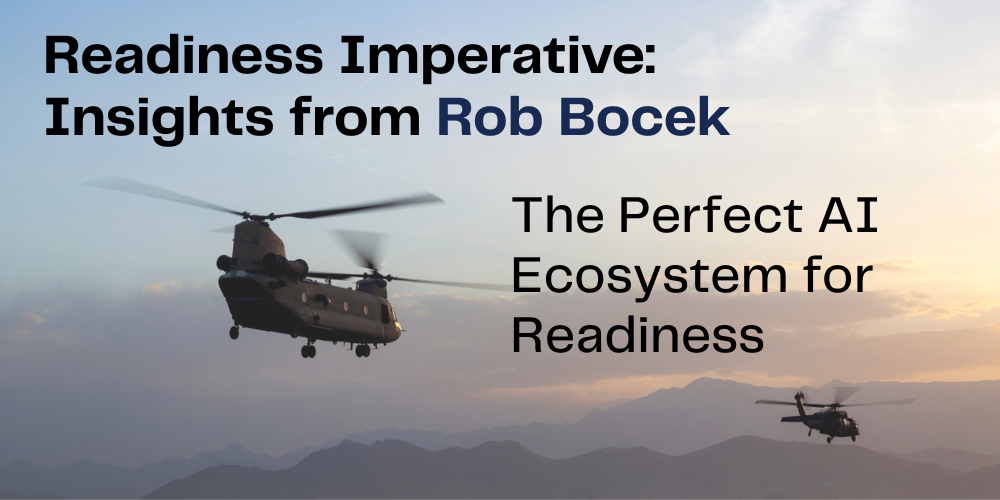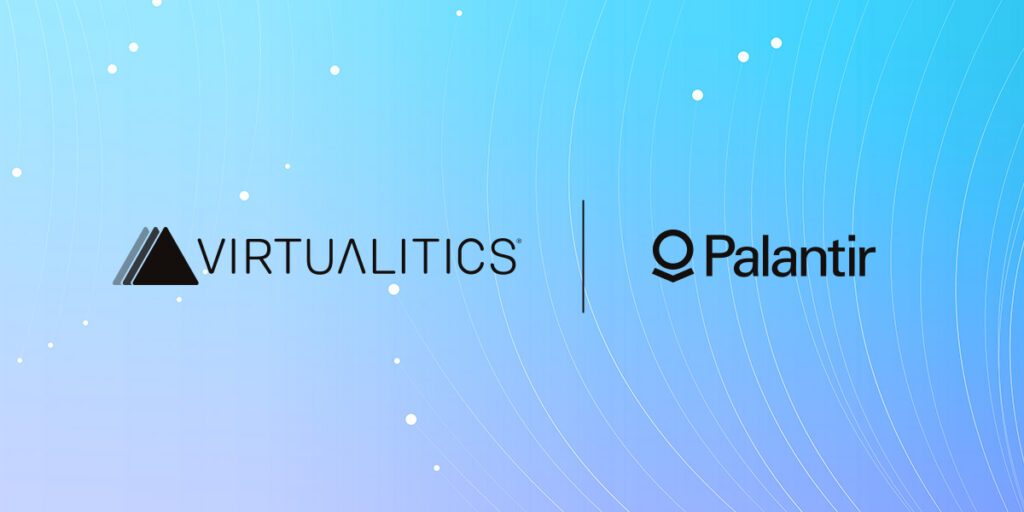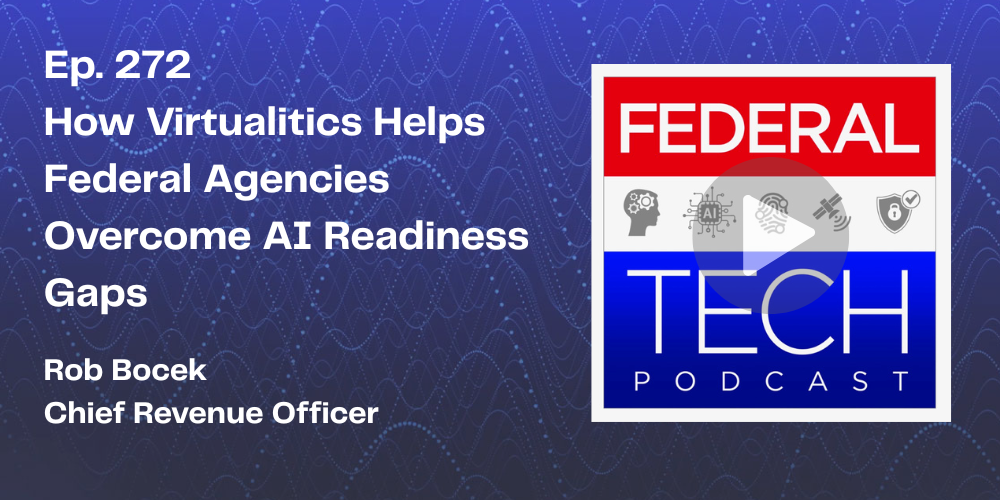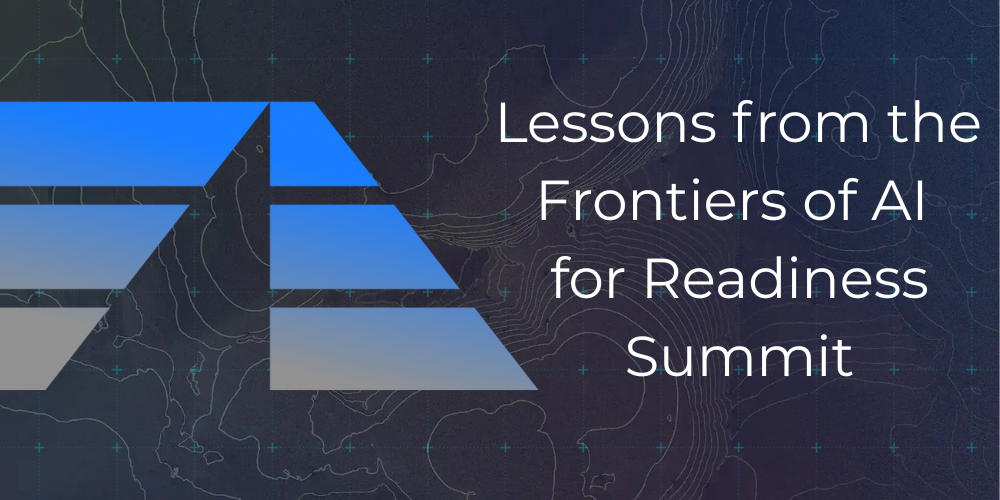Within the AI ecosystem, there are different models. One such branch is explainable AI. So, what is explainable AI, exactly?
Explainable AI is a set of processes and methods wherein human users can understand and trust the results from machine learning algorithms. It describes a model, its expected impact, and potential bias.
By using it, you can gauge the accuracy, transparency, fairness, and outcomes of AI-driven decision-making. As a result, human users can explain and comprehend algorithms, deep learning, and neural networks by leveraging this model.
The Importance of Explainable AI
AI systems are notorious for having a “black box” nature due to the lack of visibility into why and how AI makes decisions. To solve this dilemma, explainable AI offers the solution. Many enterprises realize its necessity and how essential it is for adopting AI and ensuring it delivers value.
Here are some key benefits of explainable AI:
- It operationalizes AI so that it’s reliable, dependable, and consistent.
- You’ll enjoy a faster time to results.
- Keeping your AI models explainable delivers transparency, mitigating risks associated with regulations and compliance.
- You can cultivate trust around the AI models put into production.
- With explainable AI, you can adopt a responsible approach to AI development.
- Developers can be sure that systems are working as expected.
- It offers a way for those impacted by the outcomes of the models to understand and possibly challenge them.
- Rather than blindly trusting AI, you can now have accountability parameters.
Explainable AI also delivers actual value to the organizations that use it. A recent study of its use revealed that it could increase profitability by millions, reduce model monitoring efforts by as much as 50 percent, and increase model accuracy by up to 30 percent.
With so much to gain with explainable AI, what are the top use cases for it?
Explainable AI Use Cases
Should you make explainable AI a focus? How can explainable AI impact your business and its usage of the technology? Here are some use cases to consider.
Logistics: Increase Safety and Efficiency
With a trusted model that is deeply understood, AI in logistics can:
- Increase safety
- Improve efficiency
- Minimize the effects of labor shortages
- Automate warehousing
- Support predictive maintenance
- Mitigate supply chain disruptions
- Manage freight more effectively
As the industry deals with so many challenges, explainable AI models can drive better decision-making based on data.
Transportation: Improve the Efficiency of Routes and Workflows
Transportation is another industry that can benefit from explainable AI. Many factors go into devising the most efficient routes and workflows. The sector can apply AI to improve traffic management, drive predictive maintenance to minimize downtime, optimize routes, and forecast demand.
Industry 4.0: Capture Data and Drive Actionable Insights
Industry 4.0 and sensor data are ideal for explainable AI models. For manufacturers to achieve Industry 4.0, they must implement Internet of Things (IoT) devices and sensors to gather data. As data flows in, AI can evaluate it, leading to actionable insights. Such a model can empower decision-making, improve quality and safety, simplify unstructured data, and enable predictive maintenance initiatives.
The Challenges Organizations Face in Deploying Explainable AI
Many businesses understand the value of AI and machine learning but run into significant challenges when attempting to adopt the technology. The most prolific ones are:
- Legacy systems: Integration and compatibility issues occur with older applications. To overcome this, you’ll need to modernize systems.
- Data quality: Models can’t decipher if data is “good” or “bad.” If it’s inaccurate or outdated, the models won’t be accurate. Having data quality initiatives in place is thus imperative.
- Knowledge gaps: Many companies don’t adopt AI because they don’t have the technical talent to manage it.
- Silos of operational knowledge: Organizations often place data in silos, making it tricky to identify interrelationships. Removing silos is critical for accurate AI models.
Removing these barriers isn’t always simple. However, with the right data visualization platform, you can overcome these. With 3D visualizations, you’ll have a deeper understanding of your models, and they can fit within your existing ones. Additionally, a flexible, agile solution can aggregate data from multiple sources in any format and clean up data before analysis. It can also be easy to use, eliminating the need for data scientists.






